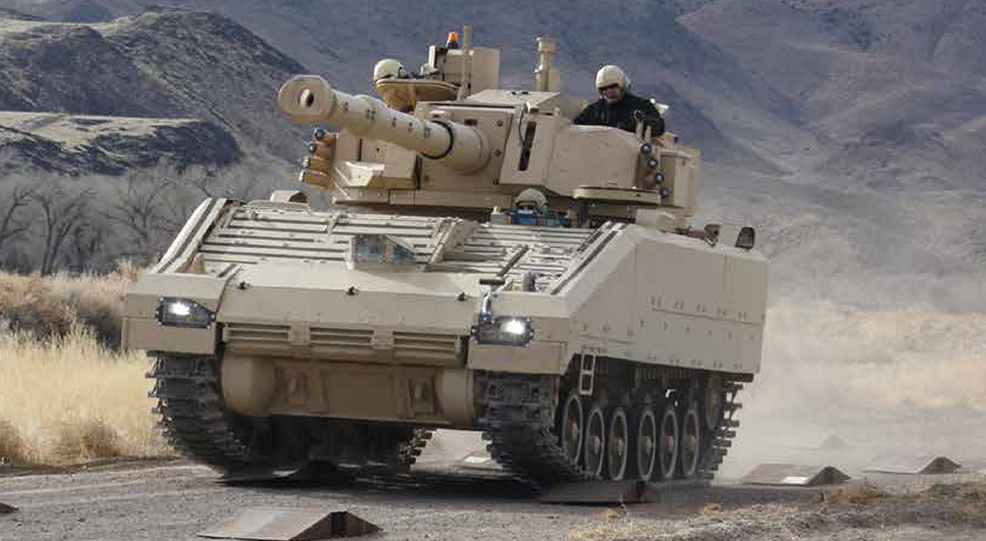

Overall, GM’s program was less expensive at $208 million compared to $221 million for Chrysler. There were worries about Chrysler’s turbine engine both in terms of reliability and fuel consumption, in addition to concerns about overall performance. By mid-1976, the decision to implement GM’s design was largely made. They knew that if they failed to produce a better tank, hordes of Soviet tanks could pour through the Fulda Gap and overwhelm NATO.Īfter a number of setbacks and redesigns, the answer came down to designs by Chrysler and GM in the XM1 tank competition. To match new Soviet tanks like the T-62, as well as improved protection against the T-62’s new 115 mm smoothbore gun and especially high-explosive anti-tank (HEAT) rounds, the objective was for a single new design with greater firepower. In the 1960s, the US Army and West German Army worked together on a single design to replace both the M60 tank and Leopard 1.

Ideally, we wouldn’t need things like tanks and armored personnel carriers at all, but the Cold War led to a lot of competition. In some ways, it’s difficult to imagine warfare without the things that cause all of these emissions. To be fair, the US military protects some of those countries through global alliances, effectively shouldering some of their emissions, but the important point here is that the big machines and long distances involved with today’s defense activities are a major contributor to climate change. The United States military, being the biggest example, emits more greenhouse gases than a number of industrialized nations. Warfare has never been great for the environment.


 0 kommentar(er)
0 kommentar(er)
